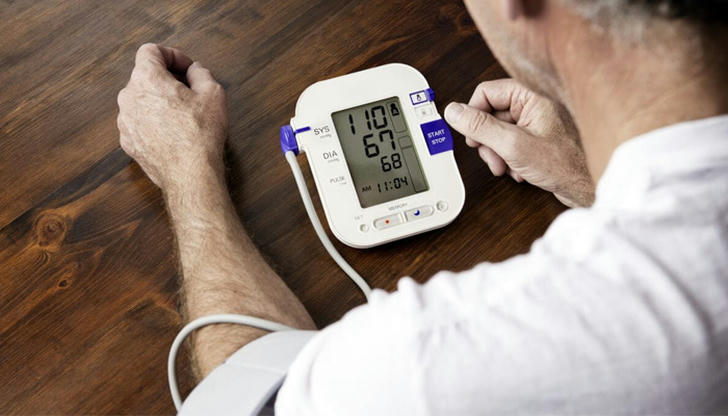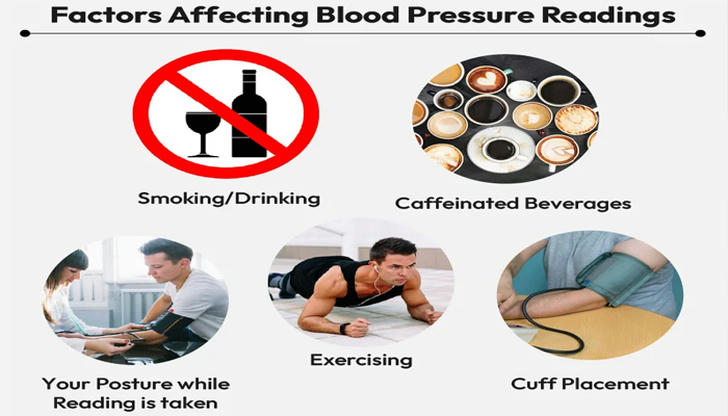Understanding Your Blood Pressure: What the Numbers Mean
Introduction
Blood pressure is a vital sign that indicates the force exerted by circulating blood against the walls of your arteries. It is one of the key indicators of cardiovascular health and overall well-being. Understanding your blood pressure numbers is essential because it helps you and your healthcare providers assess your risk for serious conditions such as heart disease, stroke, and kidney problems.
In this guide, we will explore what blood pressure is, how it is measured, what the numbers mean, and why managing your blood pressure is crucial for long-term health.

How Blood Pressure Is Measured
Blood pressure is recorded using two numbers, expressed in millimeters of mercury (mmHg). These numbers represent different phases of your heart's pumping cycle:
- Systolic Pressure (the top number): This measures the pressure in your arteries when your heart contracts and pumps blood out.
- Diastolic Pressure (the bottom number): This measures the pressure in your arteries when your heart is resting between beats.
For example, a reading of 120/80 mmHg means a systolic pressure of 120 and a diastolic pressure of 80.
Blood pressure is commonly measured using a device called a sphygmomanometer, which includes an inflatable cuff that wraps around your upper arm. Readings can be taken at a doctor's office, at home using a digital monitor, or sometimes in pharmacies.
Understanding Blood Pressure Numbers
Blood pressure categories help interpret your readings and indicate your heart health status:
Normal Blood Pressure
- Systolic: Less than 120 mmHg
- Diastolic: Less than 80 mmHg
People with readings in this range are considered to have healthy blood pressure and lower risk for cardiovascular diseases.
Elevated Blood Pressure
- Systolic: 120-129 mmHg
- Diastolic: Less than 80 mmHg
This range indicates that your blood pressure is higher than normal but not yet in the high blood pressure range. Lifestyle changes can help prevent progression.
Hypertension Stage 1
- Systolic: 130-139 mmHg
- Diastolic: 80-89 mmHg
At this stage, doctors may recommend lifestyle changes and possibly medications depending on your overall health.
Hypertension Stage 2
- Systolic: 140 mmHg or higher
- Diastolic: 90 mmHg or higher
This level generally requires treatment to prevent complications.
Hypertensive Crisis
- Systolic: Higher than 180 mmHg
- Diastolic: Higher than 120 mmHg
This is a medical emergency. Immediate attention is necessary.
Low Blood Pressure (Hypotension)
- Generally, blood pressure below 90/60 mmHg is considered low. While often harmless, it can cause dizziness, fainting, and in severe cases, shock.

Factors That Influence Blood Pressure
Blood pressure is affected by many factors:
- Age and Genetics: Blood pressure tends to rise with age. Family history can increase risk.
- Diet: High salt intake and poor nutrition can raise blood pressure.
- Physical Activity: Regular exercise helps keep blood vessels flexible and lowers blood pressure.
- Stress: Chronic stress can elevate blood pressure temporarily and contribute to long-term problems.
- Smoking and Alcohol: Both can increase blood pressure and damage blood vessels.
- Medical Conditions: Kidney disease, diabetes, and hormonal disorders can affect blood pressure regulation.
Why Monitoring Blood Pressure Matters
Uncontrolled high blood pressure (hypertension) can lead to serious health issues such as:
- Heart Disease: High blood pressure forces the heart to work harder, increasing risk of heart failure and heart attacks.
- Stroke: Damage to arteries can lead to blockages or ruptures in the brain.
- Kidney Failure: Kidneys rely on healthy blood vessels; high blood pressure can impair their function.
Low blood pressure, while less common, can cause insufficient blood flow to organs, leading to fatigue and dizziness.
Regular monitoring helps detect changes early, allowing for timely intervention.

How to Maintain Healthy Blood Pressure
Dietary Recommendations
- Adopt the DASH diet: Emphasizes fruits, vegetables, whole grains, lean proteins, and low-fat dairy.
- Reduce sodium intake: Excess salt increases blood pressure in many people.
- Limit processed foods: These often contain hidden sodium and unhealthy fats.
Exercise and Physical Activity
- Aim for at least 150 minutes of moderate aerobic exercise per week.
- Activities such as walking, cycling, and swimming improve cardiovascular health.
Stress Management
- Practice relaxation techniques like meditation, deep breathing, and yoga.
- Ensure adequate sleep and engage in hobbies you enjoy.
Medication and Medical Advice
- If prescribed, take blood pressure medications as directed.
- Maintain regular follow-ups with your healthcare provider.
When to Seek Medical Advice
Seek immediate medical attention if you experience:
- Severe headache, chest pain, difficulty breathing
- Sudden vision changes or weakness
- Symptoms of very low blood pressure such as fainting or severe dizziness
For routine monitoring:
- Check your blood pressure regularly, especially if you have risk factors.
- Bring your readings to your healthcare appointments.
- Ask your provider about the best methods and frequency for monitoring.
Conclusion
Understanding your blood pressure and the meaning behind the numbers is a vital step toward protecting your heart and overall health. By recognizing the categories of blood pressure, knowing the factors that influence it, and taking proactive steps to maintain healthy levels, you can reduce the risk of serious complications.
Be proactive: monitor your blood pressure, adopt a healthy lifestyle, and consult your healthcare provider regularly. Your heart will thank you!
